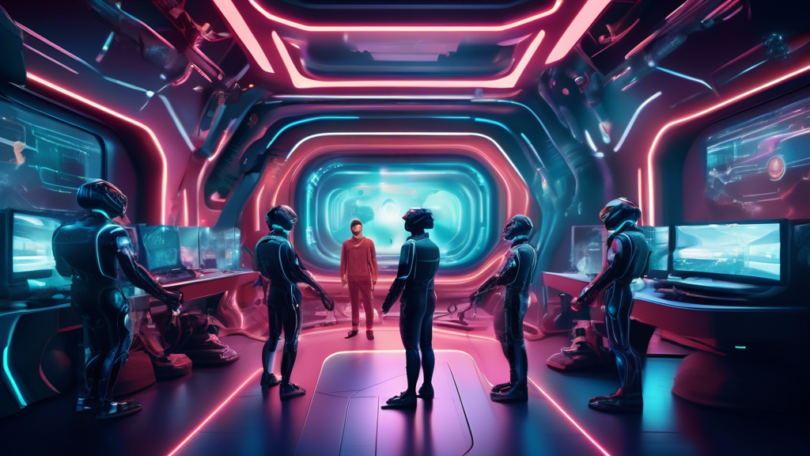In recent years, the entertainment industry has seen a surge in the use of virtual production techniques, combined with artificial intelligence (AI), to enhance creativity and streamline the production process. Virtual production allows filmmakers to create realistic environments, characters, and scenes in a virtual space, leading to more innovative storytelling and immersive experiences for the audience. When AI is incorporated into virtual production, it brings a whole new level of efficiency and creativity to the production pipeline.
Virtual Production: Revolutionizing Filmmaking
Virtual production involves using computer-generated imagery (CGI), real-time rendering, and virtual reality technologies to create digital sets, backgrounds, and characters. By combining physical sets with virtual elements, filmmakers can shoot scenes in a controlled environment, saving time and resources compared to traditional on-location shooting. This technique has been popularized by movies like The Mandalorian, where almost the entire series was filmed using virtual production techniques.
Virtual production not only allows for more creative freedom but also enables directors to visualize complex scenes in real-time, adjust lighting, camera angles, and make changes on the fly. This iterative process helps in making quick decisions, experimenting with different options, and ultimately delivering a more polished final product.
AI in Virtual Production: The Power of Automation
Artificial intelligence plays a crucial role in virtual production by automating tasks, enhancing realism, and improving the efficiency of the production process. AI algorithms can be used for various purposes, such as generating digital doubles of actors, automating facial expressions, enhancing animation, and even predicting audience preferences for better storytelling.
One area where AI excels in virtual production is in the creation of dynamic backgrounds and visual effects. AI algorithms can analyze scenes, understand context, and create realistic environments that react to the characters’ movements and actions in real-time. This level of automation not only speeds up the production process but also opens up new possibilities for storytelling and visual aesthetics.
The Future of Virtual Production and AI
As virtual production techniques and AI continue to advance, we can expect to see even more groundbreaking innovations in filmmaking and storytelling. The integration of AI into virtual production pipelines will further enhance creativity, reduce production costs, and push the boundaries of what is possible in visual storytelling.
With the growing popularity of virtual production studios and the increasing availability of AI tools, filmmakers of all scales can now leverage these technologies to bring their creative visions to life in ways that were previously unimaginable. By embracing virtual production and AI, the entertainment industry is moving towards a future where creativity knows no bounds, and storytelling reaches new heights of immersion and innovation.
Sync Licensing News and Trends: Stay Informed








